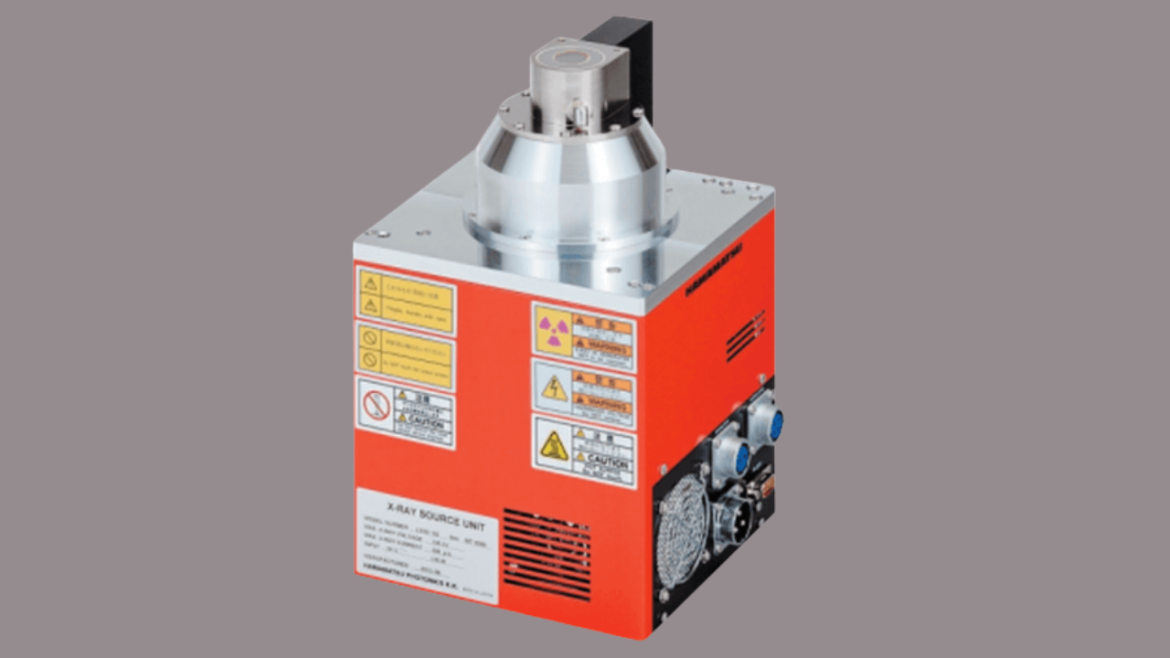NDT is an in demand and incredible testing process. You can harness the perks of safety, reliability, and integrity using it. Wondering what is NDT? Uncover every single piece of information about it right in this article. New tools, such as the Hamamatsu X-ray tube, enhance the precision and speed of these tests. In this article, we look into the application of Hamamatsu X-ray tube in NDT and discuss the features, benefits and what X-ray tubes have involved in various industries. By reading this article, you will be able to understand the purpose and objective of the NDT and whether you should employ it or not. Let’s dive right into the article to uncover the facts!
Non-destructive testing
Basically, as the name suggests, it is actually a test that ensures that the materials or components meet safety and quality standards. Flaws such as voids, cracks or structural weaknesses are detected to prevent failures that can cause major repairs or accidents.
The cornerstone of NDT has been X-ray technology. It works by subjecting materials to high-energy radiation, which enables it to penetrate them and see their internal structures. This approach is highly effective because it finds hidden defects without altering or damaging the object being tested. X-ray inspection is particularly important in industries where safety and reliability are vital.
1. High Resolution
Specifically, detailed imaging removes the need to identify minute defects such as micro cracks or inclusions. The Hamamatsu X-ray tubes provide the superior image clarity necessary for precise defect analysis.
2. Durability and Reliability
Industrial environments call for equipment that can endure the beating of continuous use and harsh conditions. Hamamatsu X-ray tubes are engineered to last, decreasing downtime and maintenance expenses.
3. Compact and Versatile Design
Their compact size offers seamless integration into multiple NDT systems, such as portable setups used for on-site inspections. It contributes to flexibility, hence, making them suitable for diverse applications.
4. Low Power Consumption
Hamamatsu X-ray tubes are highly efficient; they lower their cost and make them an economical alternative to cut down energy costs for the industries.
Material Inspection
Hamamatsu X-ray tubes excel at finding defects in metals, composites, and ceramics during material inspection. These tubes are vital in the aerospace and automotive industries, where products such as welds, castings and structural parts are subject to stringent quality checks.
One example from aerospace is the identification of microcracks in turbine blades to ensure flight safety. In automotive manufacturing, checking welds and castings helps avoid dead vehicle failures. Using Hamamatsu X-ray tubes ensures consistent and accurate results, which is vital for product reliability in these sectors.
Pipeline and Infrastructure Inspections Role
Infrastructure requires regular inspections to improve safety. If left unobserved, you may face cracks, and structural weaknesses which can contribute to hazardous failures.
NDT for infrastructure relies on Hamamatsu X-ray tubes. Their advanced imaging capabilities allow engineers to pinpoint and fix issues before they become problems. With these tubes, industries can continue to operate critical infrastructure while protecting the structural integrity of pipelines.
Electronics & Semiconductor Testing
The integrity of the components and semiconductors is not negotiable in the electronics market. X-ray NDT is applied in many industries to detect solder joint defects, voids and other discrepancies that can adversely impact performance.
This field is particularly well served by Hamamatsu microfocus X-ray tubes. Their high resolution allows them to inspect tiny electronic components. Through defect-free production, these tubes assist manufacturers in maintaining high standards and reliability.
Hamamatsu X-ray Tubes for NDT – Advantages
Multiple advantages exist for Hamamatsu X-ray tubes such as:
• Longevity: It is less likely to require replacement or repairs frequently.
• Versatility: The applications covered by these tubes range from aerospace to electronics.
• Energy Efficiency: They consume very little power, aligning with sustainable practices and reducing operational costs.
Environmental Benefits
Performance advantages aside, Hamamatsu X-ray tubes reduce operations’ environmental footprint. These X-ray tubes feature excellent energy efficiency. Their carbon footprint is negligible. Hence, they lead to zero negative adverse impact.
Conclusion
The combination of precision, reliability, and versatility has revolutionized thanks to Hamamatsu X-ray tubes and nondestructive testing. In inspecting materials in aerospace or ensuring the safety of critical infrastructures, these X-ray tubes are critical tools for quality and safety standards in any industry.
These are the preferred choices when professionals operate in demanding environments because of their high resolution, durability, compact design, and energy efficiency. Hamamatsu X-ray tubes remain at the forefront of NDT technology within the industry, and many industries are focusing on innovation and sustainability.
